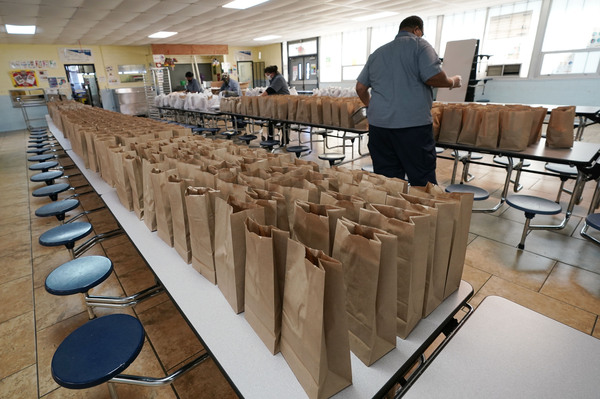Food access increased for children in 2021, but decreased for adults living alone
Go Deeper.
Create an account or log in to save stories.
Like this?
Thanks for liking this story! We have added it to a list of your favorite stories.

Children had more access to food in 2021 compared to the previous year. But for other population groups, such as the elderly and women living alone, food insecurity was on the rise, according to the Agriculture Department.
The rate of food insecurity was 6.2 percent for households with children in 2021, a decrease from 7.9 percent in 2020. The national average is 10.2 percent.
The Department of Agriculture defines being food insecure as having had "difficulty at some time during the year providing enough food for all their members because of a lack of resources."
Rates of food insecurity increased for households with no children, especially for women and senior citizens who live alone.
Rates declined for households with children under age 18, married couples with children, households with single mothers, and households in the South.
The average American spent $62.50 per person every week on food.
Copyright 2022 NPR. To see more, visit https://www.npr.org.
Turn Up Your Support
MPR News helps you turn down the noise and build shared understanding. Turn up your support for this public resource and keep trusted journalism accessible to all.


